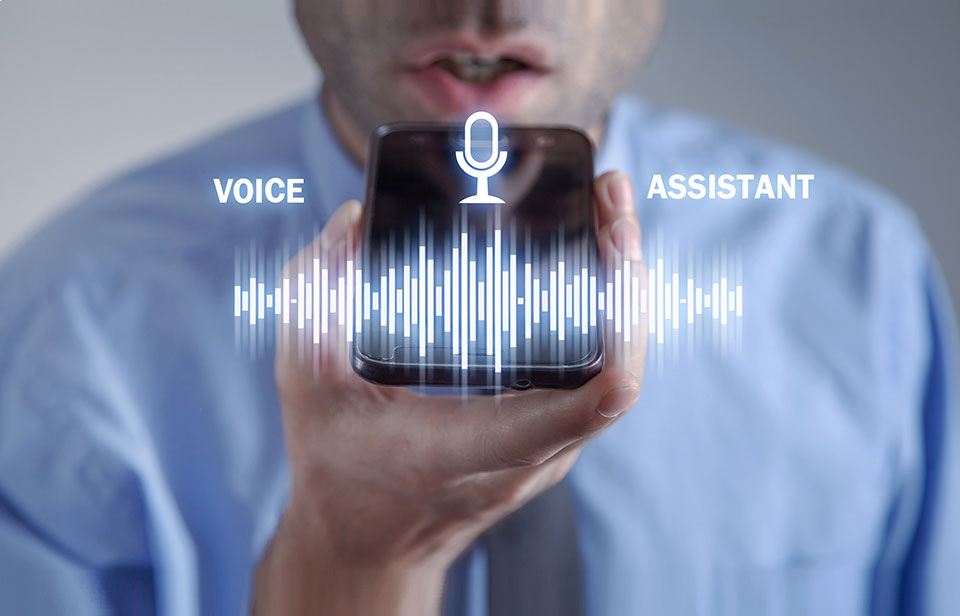With earlier voice-activated assistants such as Cortana and Siri now being joined by the likes of Alexa and Google Home; voice search is indisputably on the rise. But is it effective? Accurate? Worthwhile? Survey results shed some light on the bigger picture.
Higher Visibility has released the results of a survey conducted by over two-thousand mobile phone users to gain some data and insight into the voice search phenomenon. Is voice poised to eventually overtake manual typing just as touchscreens have made a dent in the use of pressing buttons on devices? Are the applications of voice search viable in many locations and situations and will your tagging and metadata (or entire SEO efforts) have to adapt to this paradigm shift?
How Often are Voice Assistants Used?
- Never 28.7%
- At Least Once a Week 26.7%
- At Least Once a Month 23%
- At Least Once a Day 21.6%
As we can see, the early adopters are using this daily, but there is still a way to go for this to be regarded as ‘the norm’. As such, SEO efforts do not have to be changed as of yet, but online marketers would be wise to keep their ears open for any more rumblings in the industry that suggest otherwise in the coming months/years.
Why Are They Used?
- It’s Easier 32.6%
- Unable to Type or Look at Phone 26.2%
- It’s Faster 25.7%
- It’s Fun 15.1%
- Other 0.4%
We should all pay a lot of attention to the fact that almost a third of those surveyed answered that it is easier to use voice-assisted search over other more traditional methods. Online marketers spend hours upon hours working on Ux and SEO for this very reason – to make it easier to be discovered with and interact with online. Yet voice effectively scuppers this in that it is easier for the assistant to respond to them with answers rather than search through SERPs themselves.
When is it Used Most?
- When Driving 52.8%
- When Doing Another Activity 21.3%
- When Watching TV 7.5%
- When Working 7.4%
- Other 11%
In this connected world that we live in, there are simply some times when using devices are impractical or in the case of driving, plain dangerous. Voice offers a solution to this in that you only have to be physically near your device instead of physically touching it. This adds another layer of convenience which is what these devices are ultimately meant to do for consumers – assist them. So if you are running late to meet friends, you can text them (using solely your voice) while driving to them to let them know that you are on your way.




